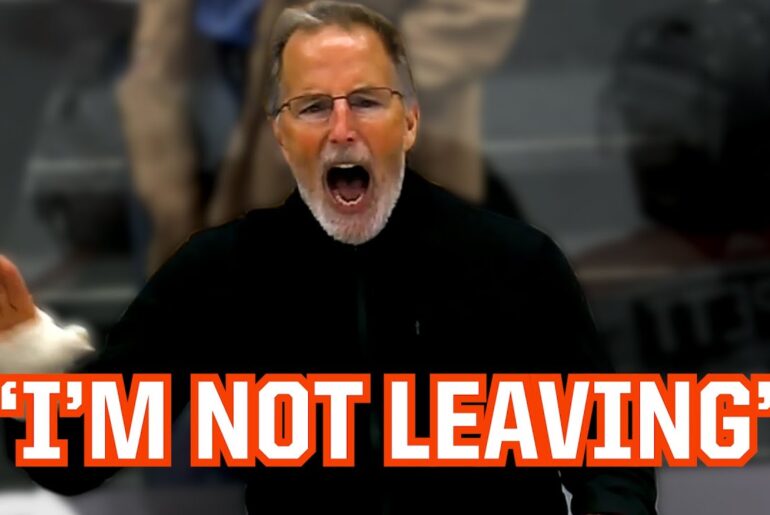A couple of weeks ago, an intense hockey game between the Edmonton and Calgary teams was tied at four goals each during the third period. A crucial moment occurred when the Flames managed to score the go-ahead goal with six minutes left, potentially saving their season. However, controversy ensued as the goal was subject to review due to suspicions of an intentional kick. This incident highlights an interesting aspect of hockey rules, which we will explore further in this article.
The Review Process
Initially, no one was sure what the officials were reviewing, but it became evident that the question was whether the player had intentionally kicked the puck into the net. To determine the ruling, the officials examined the replay and confirmed that the puck had indeed hit the player’s skate and went into the net. Surprisingly, this was not a violation of the rules.
Understanding the Rule
The rules surrounding scoring goals in hockey can be complex, particularly when it involves contact with a player’s skate. In 2020, the rules were modified to allow more goals that deflected off feet. According to the official wording of the rule, a goal cannot be scored when an attacking player propels the puck into the net using a distinct kicking motion. However, if the puck deflects into the net off an attacking player’s skate without a distinct kicking motion, it is considered a legitimate goal.
Interpreting the Incident
The key question in this controversial incident is whether the player’s action constituted a distinct kicking motion. While some argued that he merely deflected the puck with his skate, others believed that he intentionally kicked it. Opinions vary on what exactly constitutes a \”kick\” in hockey, making it a matter of interpretation and judgment.
The Kraken’s Benefit
Interestingly, the introduction of this rule change benefited the Seattle Kraken, a new team in the league. In their case, a similar incident was ruled as not involving a kicking motion, resulting in a valid goal. This ruling contrasts with the recent incident in the Edmonton vs. Calgary game, raising questions about consistency in the interpretation and application of the rule.
Player’s Perspective
In a post-game interview, the player involved in the controversial incident admitted that he deflected the puck with his foot but argued that it was not a distinct kicking motion. He expressed his understanding that redirecting the puck off one’s foot is permissible as long as there is no lifting and kicking motion involved. However, he acknowledged that the interpretation might vary, and he was open to re-evaluating the situation.
Overtime Loss and Implications
The controversy surrounding the goal extended the game into overtime. Unfortunately for the Edmonton team, they ended up losing, which potentially cut short their playoff run. This outcome mirrored the frustration felt by fans, much like their frustration in the bedroom. However, there are solutions to improve performance, such as the Roman Swipes, which are clinically proven to help individuals last longer in bed.
Conclusion
The fine line between deflection and kicking in hockey remains a subject of debate and interpretation. While the recent incident in the Edmonton vs. Calgary game raised questions about consistency, the evolving nature of the rules allows for adjustments and improvements. As the league continues to navigate these complexities, the excitement and passion of hockey remain steadfast, creating memorable moments for fans and players alike.



